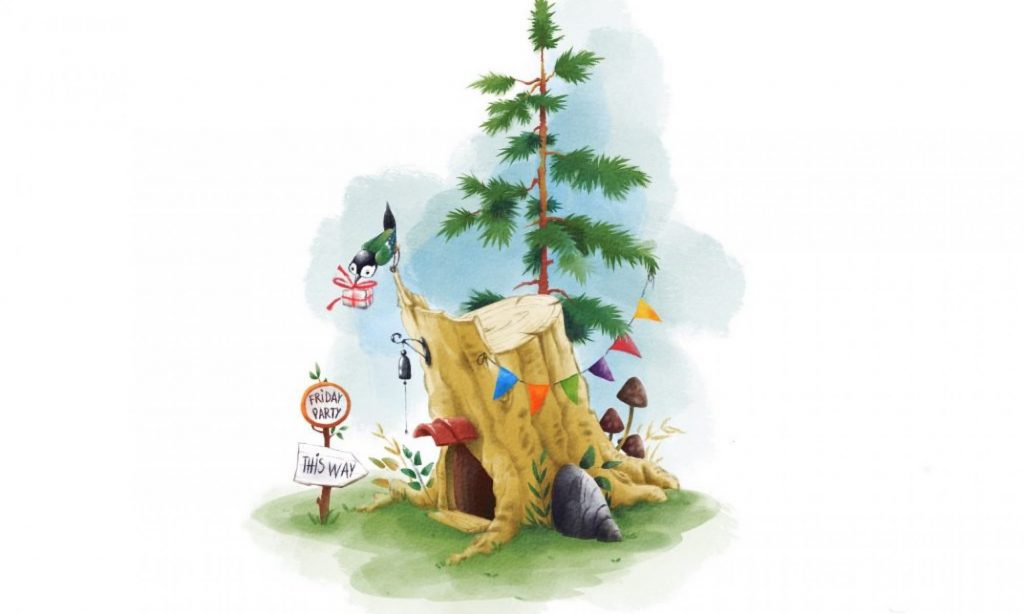I’ve recently worked on storyboards for our LIAF team project (since my story did not get through, I was assigned to another project). I watched and read a lot of materials about the topic, and I found that all articles are about camera views and movements, compositions, character posing and terminology. Although that all are important, however, there not that much information about visual ‘helpers’ to build storyboards. I’m talking about lines, shapes, colour and tone. By using these simple tools, we can convey the story more precisely.
Storyboards are quick drawings that represent a frame of the film, and by putting them together in sequences helps us to visualise the movie before actual work on animation.
The right composition is one of the fundamental rules for storyboarding. It is the visually organised layout of elements in a scene. And the relationship between the lines, shapes, right tones and colour within frame should convey meaning and express emotions in the narrative.
I think every storyboard frame begins with the line. The striking thing about this visual tool is that it can have many different properties.

First of all, we use it to show the direction of movement or direction of the camera to point. The line can really force viewers eyes in the right direction.
Additionally, we can change the weight of a line. If one character or object is drawn thick line, it is essential in the current scene.
The line also can be used to show speed and quick movements. You can vary the shape to show emotions- zig-zagged line looks dangerous and angry, the curve seems calm. Sketching sharp and expressive lines help build a world and bring life, and even portray the emotions.

It is interesting that line also helps to create a sense of space. We can imitate the 3D space by placing lines in perspective- parallel lines appear to get closer together as they move further away.
Along with lines, the shape also helps us tell stories. For instance, the bigger something is in the frame, the more valuable it is. Or we can visualise the size of the character to the surrounding, like, a small person in an ample space also can illustrate how vulnerable it is, not only how big his world is.
Additionally, basic shapes can imply the characteristics of the characters. For example, triangles can show anger, speed, or tautness. Circles look very friendly, but squares seem strong and durable.
Although, as we add more details, by stacking two-three shapes together, we can convey more information, expressing, or emotion. The use of shapes can apply to everything.
Furthermore, if we place more massive shapes at the bottom of the frame and lighter shapes towards the top of the frame, it makes it look like they’re further away from each other. This simple trick mimics the illusion of depth—the position of elements and their size contrast within the frame, placing shapes higher or lower.
Not only lines and shapes but also tone (shading), or how dark or light something is in a scene, can make it stand out from everything else.

By adjusting the light and dark values of all the elements in the frame, can lead your viewer’s eyes and even create a specific mood. Light value feels open, calm, while the dark value can add an ambience of mystery, sorrow, or danger.
By playing with these settings, we can control which information will be revealed to the audience, since our eyes naturally go first to the point of highest contrast.
So, altogether, these tools are like building blocks of visual storytelling that help can create mood, lead the viewer’s eye, and control what information gets unveiled to the audience.
